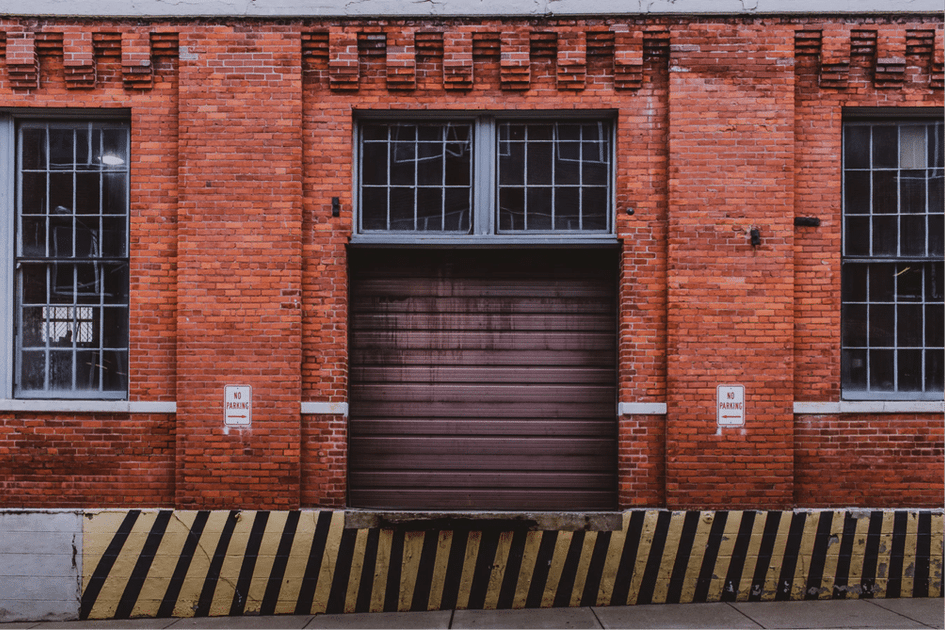Guide to Warehouse Lighting
By Leah Einarsen • Apr 09, 2018
If you have a warehouse, you have worries about overhead. It is obvious that large buildings built to store vast amounts will have a lot of space. What may not at first be obvious is the lighting problems warehouses create. Safety and accuracy are both of the utmost improtance. Fork lifts need to see corners and labels need to be readable, even if the light source is many feed above.
LED lighting can be the solution to your problem. By solving practical issues and not depleting revenue, as do other types of bulbs, this guide to warehouse ligting shows where your investment should go.
Filling Space
One of the biggest issues with lighting a warehouse is ensuring that such a large space can be appropriately lit. This will depend on what is contained withing your space. If you have a lot of shelf space which will block out the light, then you need more lights in between. These in the past have typically been fluorescent tube lights.
Howver, fluorescent tube bulbs come with a lot of problems. Not only do they take time to light up, but they depreciate in lumens and are prone to flickering. LED strip lighting or well placed single bulbs do not have these problems and are much more energy efficient.
Other warehouses will have more of an open plan layout. They will need bulbs which fill both the vertical and horizontal space. High bay LED bulbs will do just that. They have a powerful brightness which is designed for high ceilints, but their us of lens angles means they are also able to spread this light out for your needs.
The Right type of Light
In movies, if there is a climactic final scene in a warehouse, it is usually dark and full of emotive shadows. While this chiaroscuro element works well for atmosphere, warehouses need sufficient light to operate in the real world. This means providing the right amount of light, but it also means having the right type of light.
White light LEDs are used to provide brightness to see what workers are doing, but it also allows for the right kind of light to ensure the well-being of these workers. The body's circadian rhythm helps us know when to be active and when to rest. It responds to types of light and LEDs allow us to have the right type of light at the right time to keep workers alert and active. Putting them on timers also allows you to change the type of light according to the time of day.
The versatility of LED lighting can offer the brightness, color and warmth of your choosing to ensure all your lighting needs are met.

Safe Work Environment and Savings
You may not see how the two are connected, but the savings which LED lighting offers are invaluable to warehouse operators. This is because LED lighting last much longer than its metal halide, halogen or florescent counterparts. This means they don't need to be changed as often. Changing lightbulbs in a warehouse is a significant liability and often requires special training. This is partly due to the scale of the building as well as the sheer amount of bulbs required. Reducing the amount of times changing bulbs is needed means a safer place to work.
LED lighting also won't explode like some other bulbs and they are very durable. This means that the wear and tear they can withstand is high, especially good if you have hazardous material in your warehouse. All of this and they last up to 70% longer as well as save you money. As LED lighting is becoming increasingly affordable, this means in both the short and long term.
